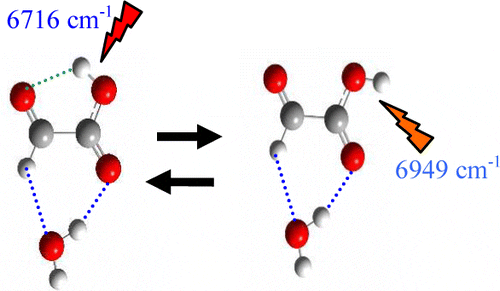Order and disorder: Ecological adaptations not mutations

In the context of order and disorder that includes what is known about quantum physics and light-induced amino acid substitutions in plants and animals, as well as the control of the functional rearrangement of influenza hemagglutinin, I’m beginning to see even more confusion/obfuscation enter the picture of biophysically-constrained ecological adaptations. The nutrient-dependent ecological adaptations are now … Order and disorder: Ecological adaptations not mutations





